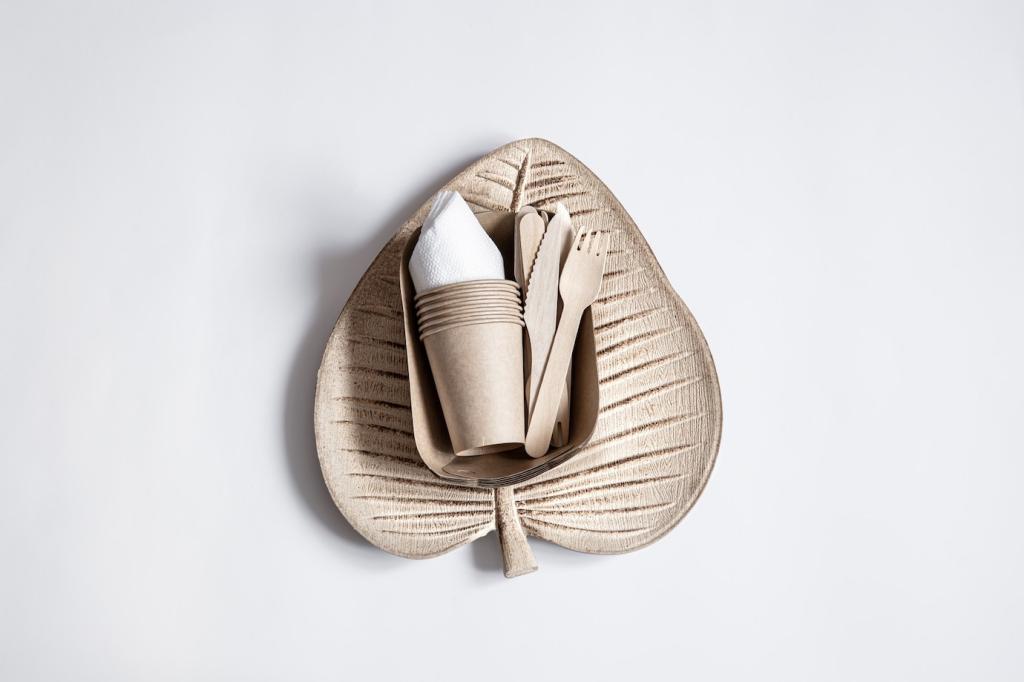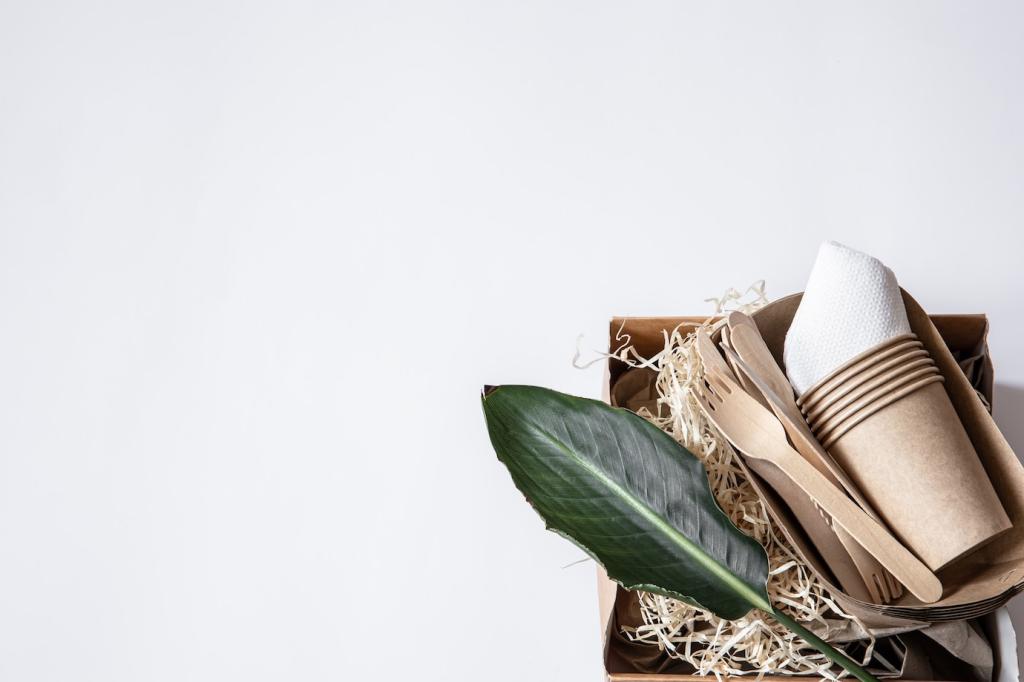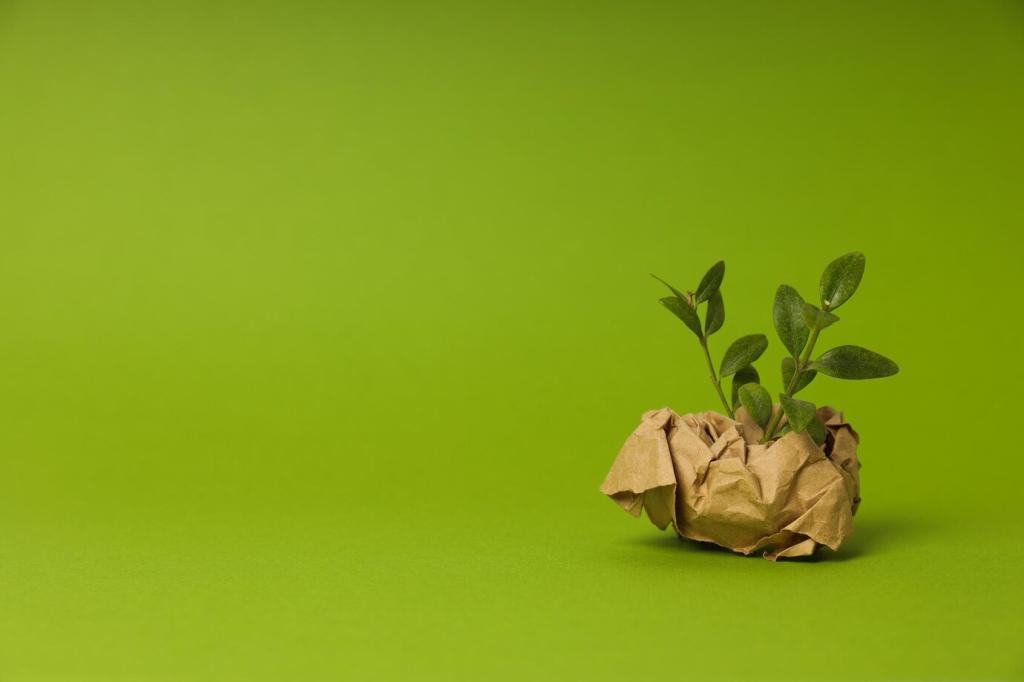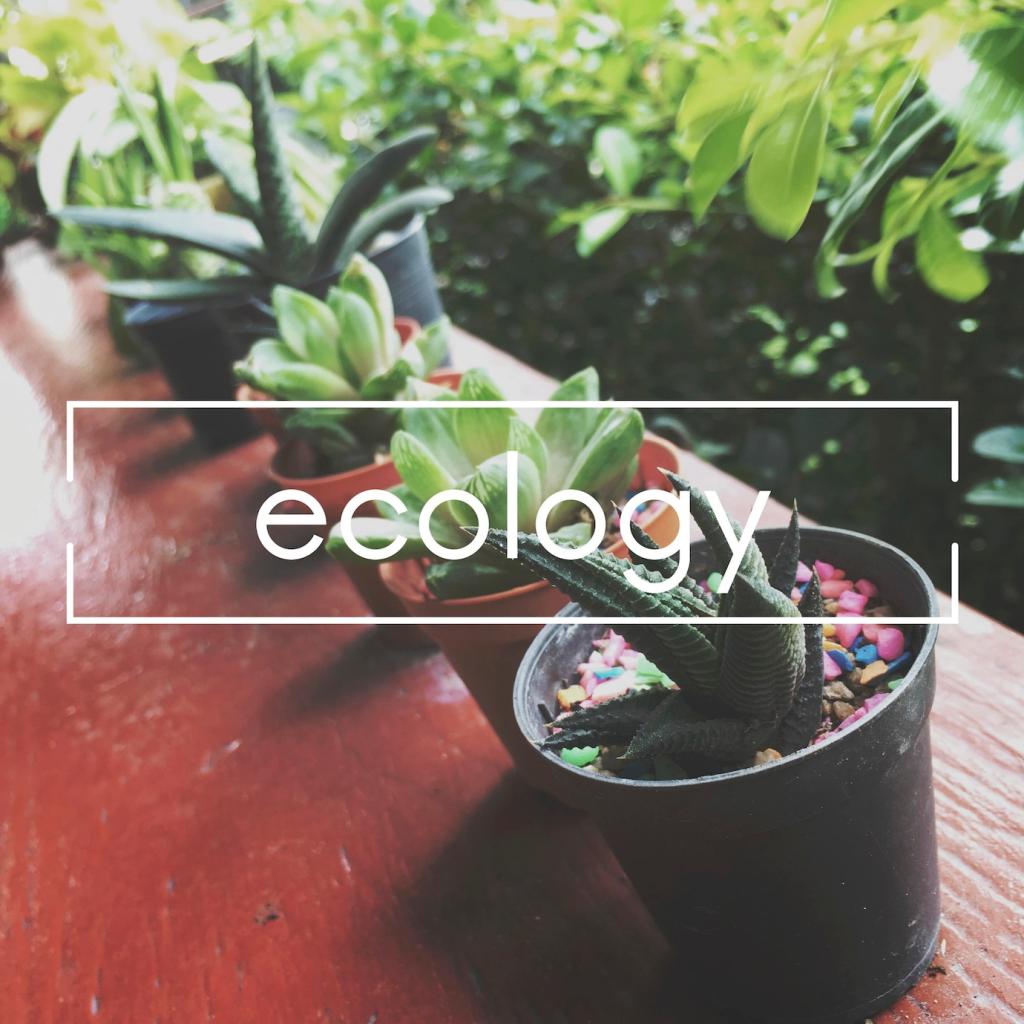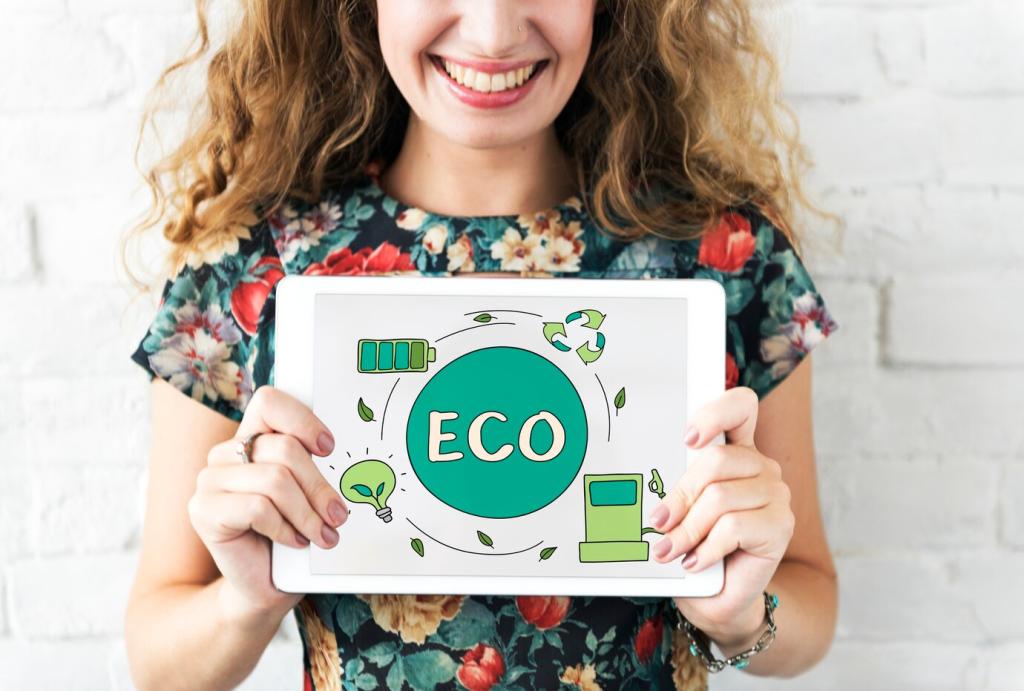Adhesives, Underlayments, and Finishes: The Silent Sustainability Heroes
Seek products with stringent indoor air quality certifications and transparent safety data. Proper ventilation during installation matters. If you’ve battled lingering odors before, share how you mitigated them—fans, open windows, or activated carbon—and what you’d do differently next time.
Adhesives, Underlayments, and Finishes: The Silent Sustainability Heroes
Acoustic underlayments reduce noise transfer, while vapor barriers protect against moisture. Match underlayment to floor type and building needs. Post your building type—condo, house, or studio—and we’ll recommend underlayment characteristics that balance sound, moisture control, and sustainability credentials.
Adhesives, Underlayments, and Finishes: The Silent Sustainability Heroes
Waterborne urethanes and plant-based hardwax oils deliver protection with fewer emissions. Consider sheen, recoat cycles, and slip resistance. If you’ve tried both finish families, comment on maintenance, scratch visibility, and color shift over time to help others choose confidently and sustainably.

